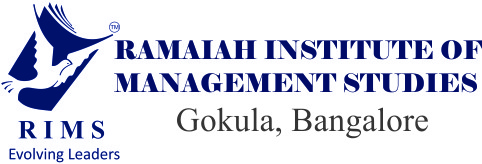Author - Dr.M.Swapna Principal, RIMS, Bangalore
“The placebo effect is the effect of an inert substance on your brain and behavior,” psychology teacher Melinda Mattes said. “It’s when you have a belief that something will work, not because of the actual thing.”
The Harvard study reveals that the placebo effect involves a reaction in the brain which can cause a release of chemical substances including endorphins and dopamine. This can subsequently affect brain regions that are related to mood, behaviour and self-awareness, all of which can have therapeutic benefits.
According to Ted Kaptchuk, a Harvard professor whose studies concentrate on the placebo effect, this reaction is not only psychological but also biological.
At RIMS Professors Motivate and encourage in order to facilitate students’ learning and development which acts as a placebo. As a Professor, we praise our students generously instead of noticing their mistakes and pointing them out. Which has proved to encourage them to speak more in class which is a determining factor for improving confidence and communication. It is a fact that praise is retained longer in human memory and students mostly remember the Professor who praised rather than the ones who criticized. RIMS enable students to feel that they are improving which has a placebo effect which can have a real impact on the student’s learning in the long term.
Japanese scientist, Masaru Emoto performed some of the most fascinating experiments on the effect that words have on energy in the 1990’s. When frozen, water that’s free from all impurities will form beautiful ice crystals that look exactly like snowflakes under a microscope. Water that’s polluted, or has additives like fluoride, will freeze without forming crystals. In his experiments, Emoto poured pure water into vials labelled with negative phrases like “I hate you” or “fear.” After 24 hours, the water was frozen, and no longer crystallized under the microscope: It yielded grey, misshapen clumps instead of beautiful lace-like crystals. In contrast, Emoto placed labels that said things like “I Love You,” or “Peace” on vials of polluted water, and after 24 hours, they produced gleaming, perfectly hexagonal crystals. Emoto’s experiments proved that energy generated by positive or negative words can actually change the physical structure of an object. The results of his experiments were detailed in a series of books beginning with The Hidden Messages in Water, where you can see the astounding before and after photos of these incredible water crystals.
Similarly, at RIMS we have seen tremendous transformation in students through our customised individual student centric learning and development which gives lot of confidence to students and has a positive impact on their career.
